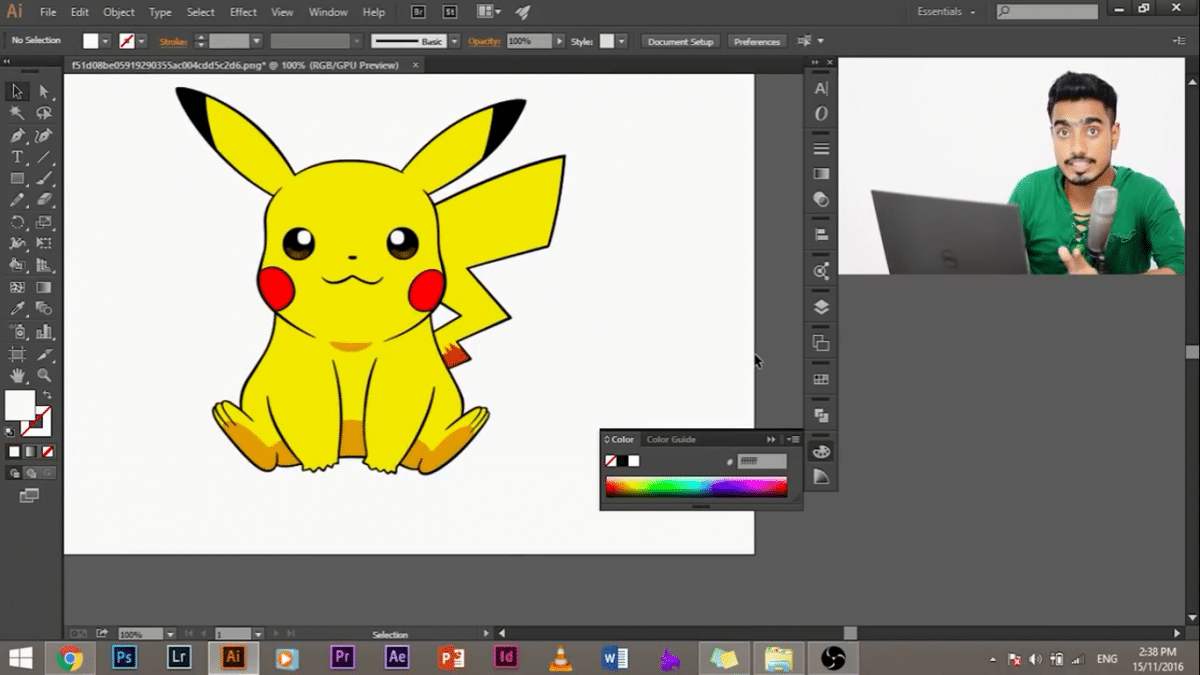
The characteristics of raster images are determined by: In the print industry, these images are called contones (continuous tones). The name “raster” is derived from rastrum, the Latin word for rake. Raster images are two-dimensional images that are composed of square pixels that can be rendered on a digital display. Accordingly, vector file types like SVG are almost always smaller. Compression of raster file types like JPEG can lead to deterioration in image quality. Undeniably, a downside of raster images is the large file sizes that come with high-resolution images. The same pixel grid can also be used in image sensor technology. Of course, the viewfinder of a camera consists of millions of individual pixels that each record a tiny aspect of a captured image in raster format. However, only the raster image format is appropriate for photography and video. Applicationsīecause of the limitless scaling with no loss of resolution, this makes vector an ideal format for logos and other images that have to be highly reproducible. This is because the data about the image composition is in the form of coordinates and mathematical formulae that can be infinitely scaled to reproduce larger versions of the original images. On the other hand, a vector image offers limitless scaling with zero loss of resolution. However, if scales, a raster image quickly loses its resolution, becoming pixelated. Propertiesīecause vector and raster formats are composed differently, the images created using each format have different properties and applications. For example, raster images can achieve extremely high resolution by having a high number of pixels in the image. Dimensions and locations of the shapes, as well as their lines and points are plotted on the Cartesian plane (x, y-axis).

The image resolution of raster images is determined by the number of pixels that make up the image.Ĭonversely, vector images are made up of layered polygonal shapes that are colored and scaled to create a larger, more refined image. Raster images are made up of a grid of individual pixels that each carries a specific color and brightness related to the overall image. Here are the key differences between raster and vector: Composition vector images means that you will be able to pick the most suitable format for any graphics project. Knowing the key differences between raster vs.

Loss of image quality and resolution when an image is scaled beyond its actual sizeĬan be converted to vector (but with loss of image quality) Graphic design, Computer graphics, Gaming, Printing, Vector: Side-By-Side Comparison FeatureĪ type of digital image that is composed of pixelsĪ type of digital image that is composed of solid polygon shapes Keep reading to decide which images to use in your next creative project. vector, then this article will explain everything you need to know. If you’re wondering about the differences between raster vs. However, there are massive differences between the two and the applications where each format will work best. Raster and vector are two common digital image formats that you can use to create outstanding high-resolution images.


 0 kommentar(er)
0 kommentar(er)
